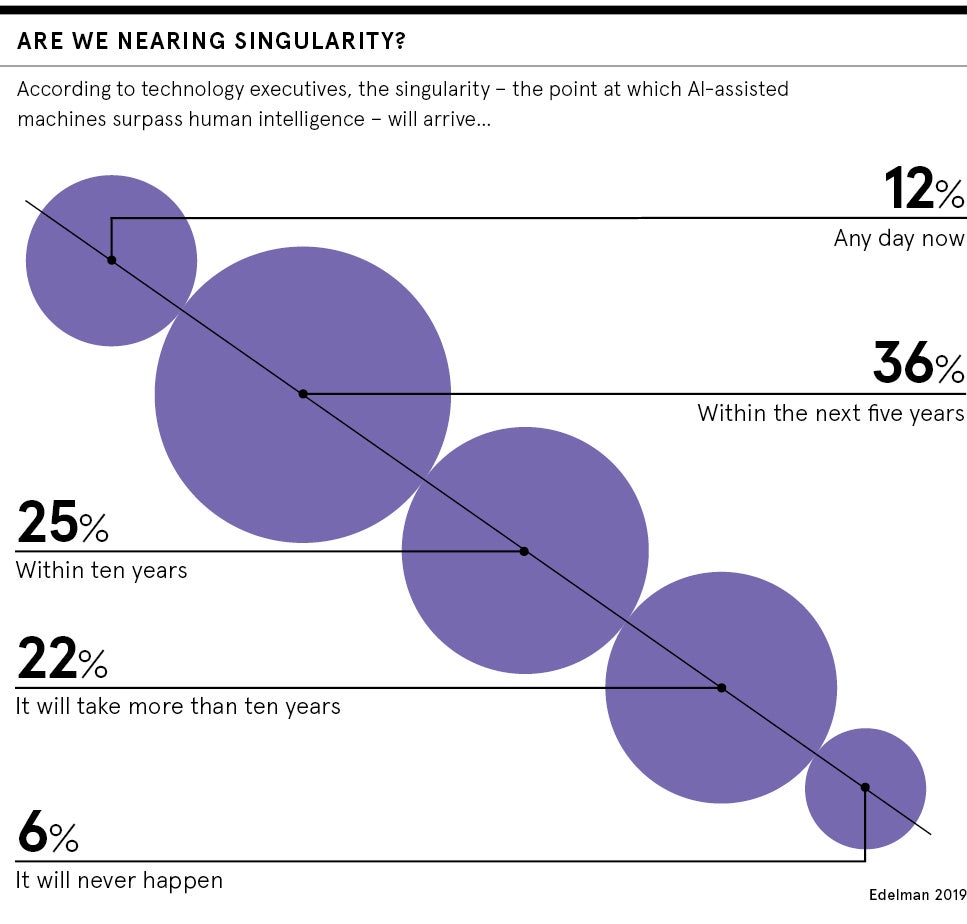Let’s talk about fried chicken, in particular, the finger lickin’ variety coated in a blend of 11 herbs and spices. This may seem like a strange place to start an investigation into the convergence of AI and employee knowledge, but that famous recipe is a prime example of how documenting corporate knowledge can ensure continued business success.
After all, if the company’s famous founder hadn’t had the presence of mind to write down his original recipe on the sheet of notebook paper now locked away in a corporate safe in Louisville, who knows how the American company’s commercial history would have been rewritten, or if they would have had a history at all.
Every company has their own original recipe, their secret formulas and corporate secrets. In reality they have thousands of them, but rather than being locked away for perpetuity on paper, they are held in the minds and habits of employees, and this can be a significant limiter of growth.
“The existence of this tribal knowledge also poses a significant risk, particularly as the rate of change increases exponentially,” says Charles Araujo, an independent digital analyst and founder of the Institute for Digital Transformation. “As organisations are forced to change course rapidly, these bits of undocumented, yet critical, information become a minefield of known unknowns that can threaten their ability to adapt.”
How to make employee knowledge accessible
However, AI can be leveraged against data from company intranets and collaboration tools such as Slack, Jive, Microsoft Office and Teams to extract hidden processes and uncodified knowledge, and turn it into known knowns that can then be made accessible through the mobiles and desktops of every employee.
Questions can be asked by employees of the system as if they were asking a relevant colleague at the water cooler, or a subject matter expert in a formal meeting, and AI platforms can analyse the syntax of a question to reveal the intent, even if it’s asked in different ways, to provide advice and answers in real time.
Training AI to forget what’s no longer relevant to make room for new intel will allow it to mirror the human brain’s decision-making process
This reduces the time the average employee spends trying to find colleagues who can help with specific tasks, highlighted in research from McKinsey & Company, which revealed the average interaction worker spends nearly 20 per cent of their working week searching for internal information.
The problem becomes even more acute during times of rapid change and remote working, as incidents become more frequent and the time to troubleshoot them increases, which is why using AI in business to digitise employee knowledge is now a priority.
An AI solution for a human problem
“A key reason that incidents can take so long to resolve is the lack of timely access to the critical operational knowledge needed to validate, diagnose and resolve an issue,” says Larry Lien, chief product officer at Resolve Systems.
This problem is only exacerbated in a crisis when there aren’t enough hours in the day for experts to get involved in all the problems they would usually have the time for. “While experts are pulled into high-priority incidents, other incidents go unaddressed and these ignored incidents can have serious consequences that hurt the business,” explains Lien.
An organisation that is carrying too much undocumented employee knowledge can also suffer from a slowdown in innovation and stunted growth as company-wide experts are drawn into fire-fighting instead of driving innovation.
The increasing sophistication of AI in business means that operational employee knowledge can be converted into mathematical models and critical decision flows digitised.
Starmind is a Zurich-based company focused on making the collective human intelligence within an organisation accessible with the power of AI. Founder and chief technology officer Marc Vontobel believes the current increase in distributed teams and remote working means there has never been a better, more crucial time to optimise hidden organisational intelligence.
“AI technology can help organisations sift through vast and growing data pools in real time to understand what information resides where and who knows what,” he says. Self-learning algorithms that replicate how the human brain works are the key to finding this frozen knowledge and allowing it to thaw so it can begin to flow throughout an organisation.

A new approach to knowledge sharing
“Human-inspired AI uses self-learning algorithms to create neural intelligence networks, which replicate how the human brain works, because it’s important to remember that for AI to function effectively, it needs to learn how to forget, not just overwrite information, just like the human brain,” explains Vontobel. “Training AI to strategically forget what’s no longer relevant to make room for new intel will allow it to mirror the human brain’s decision-making process.”
Starmind’s AI draws on data from more than 200 workplace apps to generate thousands of real-time employee skills profiles automatically and continues to evolve as the expertise develops.
This extracts the hidden processes and codifies employee knowledge, which can then be used to make any organisation more resilient and ready for the future.
In doing so it can also gift a company another benefit, an important communal hub that can bring employees closer together. This is crucial step towards longevity, especially in light of a Gallup survey, which revealed that for every two engaged workers – those who are involved in, enthusiastic about and committed to their work – there is one who is actively disengaged.
However, just because an employee is disenfranchised doesn’t mean they have nothing to offer and often what they lack is access to a company camp fire where they can share knowledge and experience. AI has the potential to be that camp fire around which the true potential of any business can be unlocked.
How to make employee knowledge accessible
An AI solution for a human problem

